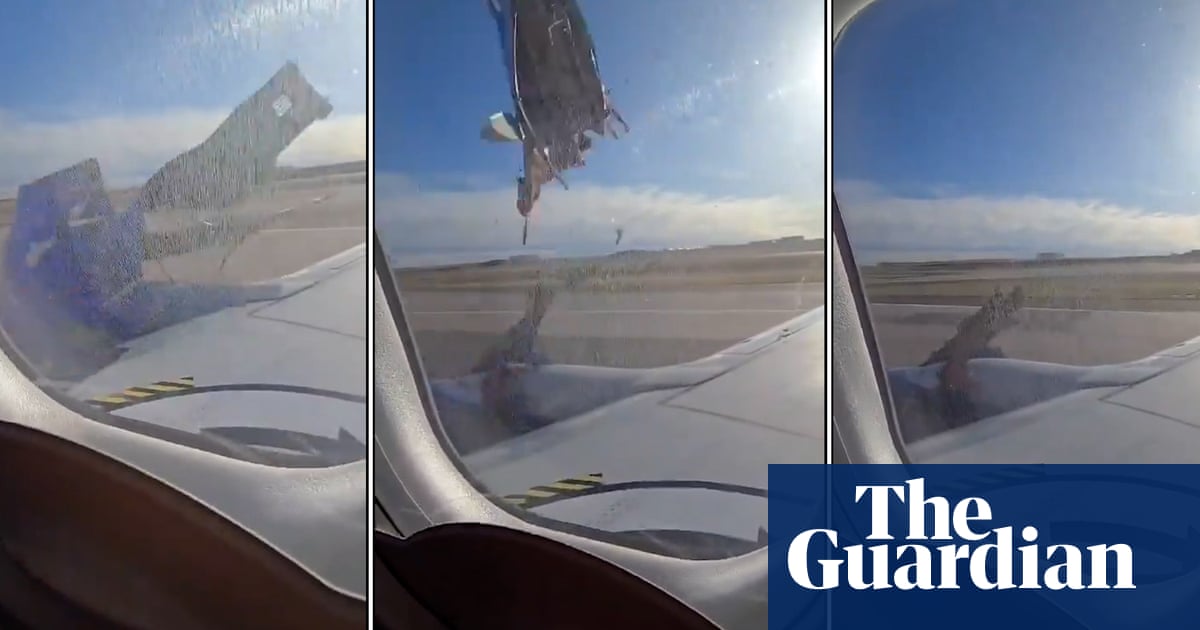
n another torrid year for the aviation industry, the coming month of May offers a little hope. The red-letter day in every UK airline executive’s diary is 17 May, from which international leisure travel from Britain may be permitted. This week, ministers may finally divulge where and when holidaymakers can go, with a “green list” of countries that can be visited without quarantine on return.
The Department for Transport insists it is on track to confirm, by “early May” as promised, whether planes can take off, and where to. The decision will be informed by the Joint Biosecurity Centre, rather than by airline economics, which means it’s too early to predict destinations.
Speculation is rife nonetheless. Heathrow chief executive John Holland-Kaye said: “We’ve had no indication of the list, but have run our own assessments, based on what we know of the government’s measures. We see Singapore, Hong Kong, Australia and New Zealand as green, plus Iceland and Israel.”
For short-haul and budget airlines – and most holidaymakers – the key question is how sunshine destinations will be classified. EasyJet’s Johan Lundgren said last week, based on research from Yale epidemiologists, that the data justified putting most of Europe on the green list.
But the biggest prize for British Airways, Virgin Atlantic and others is the US. Tantalisingly, Holland-Kaye says, “the US is on the cusp – and that is the first big market we’d expect to see come on, and hopefully by the end of May.”
The transatlantic air corridor – in particular London to New York – has long been the world’s most lucrative. Last week, New York’s mayor, Bill de Blasio, promised that it would “fully reopen” by 1 July. He said: “I think people are going to flock to New York City because they want to live again.”
And the world’s airlines are in dire need of resuscitation. Forecast global losses for aviation in 2021 are now $48bn (£35bn), according to an increasingly gloomy prognosis from the International Air Travel Association – on top of $126bn in 2020. While many big airlines have survived on state loans and other financing, the coming summer season will be crucial.
Aviation consultant John Strickland said: “Summer is normally the time to put cash in the kitty. Airlines have not had the last summer season – or the important strong booking period that you’d usually have seen since January – to bring in revenues now.
“BA and Virgin will desperately hope that they can get some transatlantic routes opening up. There’s no question of anyone turning a profit, absolutely none. It would just be a question of offsetting the loss of revenues up to now.”
But he warned: “Even if they do manage to operate some US routes, it will be mainly for leisure travellers. There will be no return to the heady days of full business-class cabins, which used to be the key source of profits for those carriers.”
Juha Järvinen, chief commercial officer at Virgin Atlantic, reeled off statistics underlining the importance of the transatlantic route to the UK economy, as well as to Virgin, citing £273bn of annual trade between the US and the UK. “Just on that single London-New York route,” he said, “we would normally make more than £400m in revenues. And transatlantic made over £1.5bn in 2019 – that gives the scale of it.” That represented just over 50% of Virgin’s £2.9bn total annual revenue in the last pre-Covid year; its 2020 total, announced last Friday, was just £868m.
But for this key route, Britain’s decision is of course only half the battle. Whatever ministers announce on 17 May, the main block on transatlantic travel comes from section 212(f) of the US immigration act, powers invoked by Donald Trump in March 2020 banning all non-citizens from flying in to the US, and kept in place by his successor.
Hopes that the US would reopen to visitors this month have diminished. Industry rune-readers are now looking as far as Independence Day on 4 July, unless President Joe Biden’s visit to the UK in June heralds a bilateral travel announcement.
Airlines here still want the UK to “green list” the US now, on a unilateral basis, allowing inbound tourists. Flights to the US continue to take off daily, albeit with nothing like the usual frequency, and with cargo playing a huge part in their viability. Virgin still flies daily to New York, LA, Atlanta and Miami – but normally would operate five flights a day to New York alone.
Meanwhile, a host of other issues remain to be resolved: whether proof of vaccination could replace testing requirements; if the government will publish in full the parameters of its criteria for each “traffic light” categorisation; and how often the list will be reviewed. Airlines are anxious to avoid a repeat of the swiftly changing “travel corridor” list of summer 2020.
Exasperation at the prolonged uncertainty is not limited to airlines. Huw Merriman, chair of the Commons transport select committee, said: “Incredibly, passengers and industry are still in the dark about which countries they can visit and the requirements to do so.” Already, he said, the government was missing “the bare minimum of planning that the industry and consumers need … This uncertainty could cost people their jobs.”
Airlines say it also means little may change in schedules by the date international travel is theoretically permitted. “Giving us a one- or two-week lead time, it is of course impossible,” said Järvinen. Instead, he said: “We don’t believe there is a big bang on 17 May in actual flying. The big bang we hope for is a big change in consumer confidence – to feel comfortable in booking for the summer months.”












